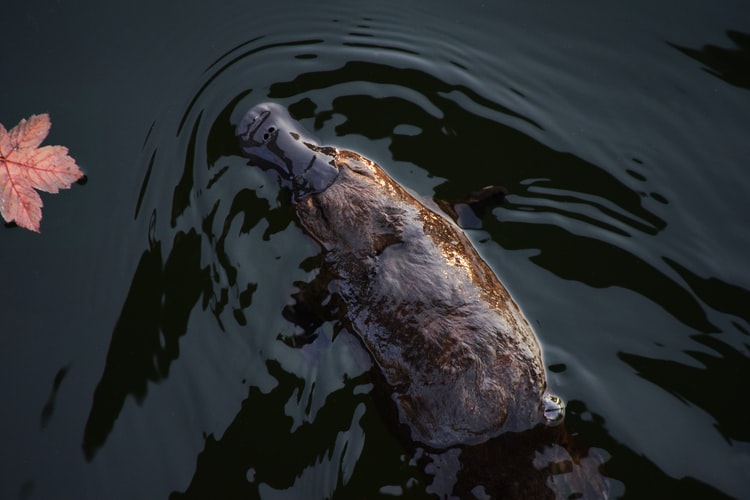Australia’s iconic platypus has seen its native habitat shrink by almost 25% since the early 1990s according to researchers from the University of New South Wales (UNSW).
The animal, known around the world as an egg-laying mammal with a unique duck bill, is native to a number of the rural outback river systems across east and south eastern Australia.
Too often though, a combination of native predators and the actions of humans are reducing numbers and destroying habitats across its once huge natural range.
This is most evident in the rerouting and human management of a number of the waterways the platypus calls home.
Droughts and areas destroyed in Australian’s devastating wild fires last summer did not help.
As a result, local conservation groups across the east of the country have requested authorities rank the animal as ‘nationally threatened’ according to reports.

The report released by the UNSW team indicated that some 200,000 square kilometres of native platypus habitat has been destroyed since 1990, with the report’s main author, Professor Richard Kingsford saying “Protecting the platypus and the rivers it relies on must be a national priority for one of the world’s most iconic animals,” adding “There is a real concern that platypus populations will disappear from some of our rivers without returning, if rivers keep degrading with droughts and dams.”
The state of New South Wales has been the area worst affected with a huge 32% drop in platypus sightings since 1990, with tropical Queensland to the north not far behind with a 27% reduction in sightings.
Victoria, home to the city of Melbourne has fared considerably better with just a 7% reduction state-wide, although nearer to the city itself that rate was as high as 65% at times.









